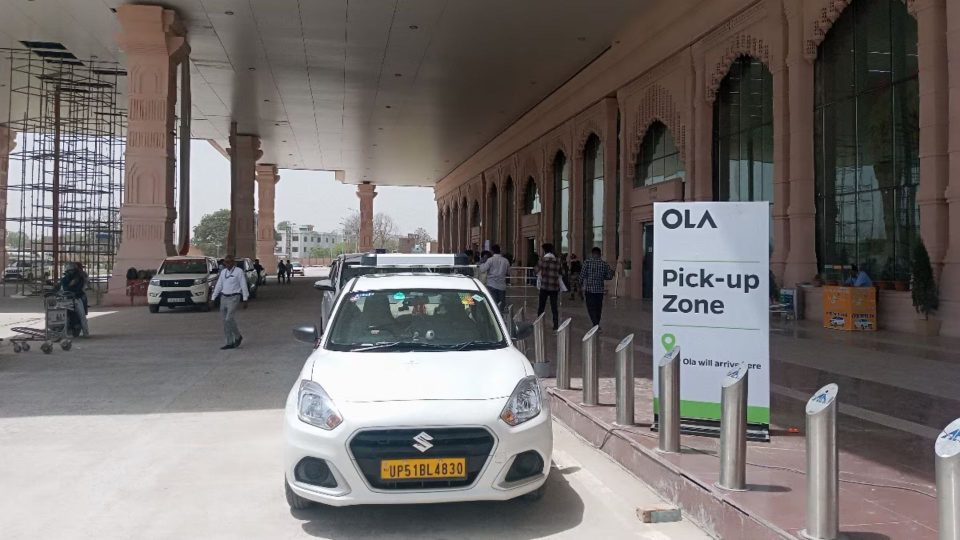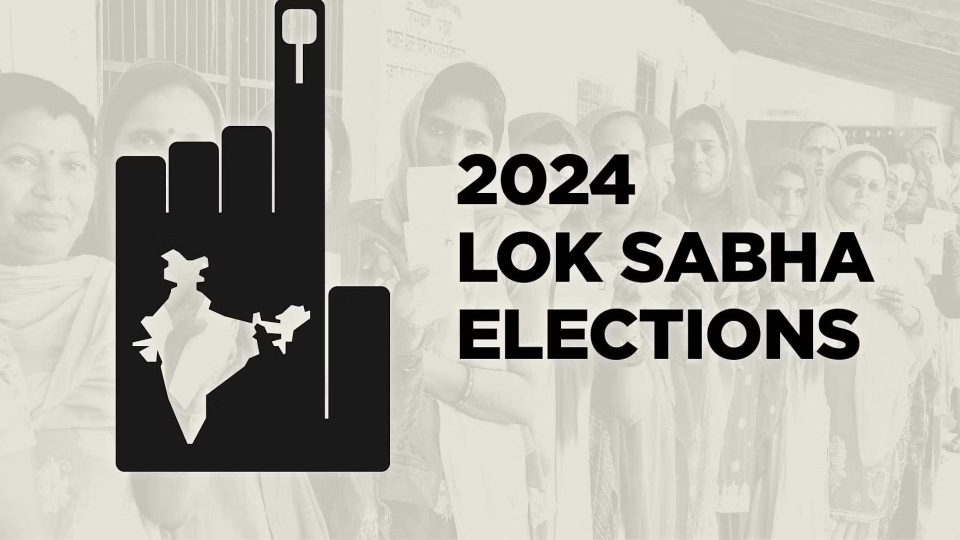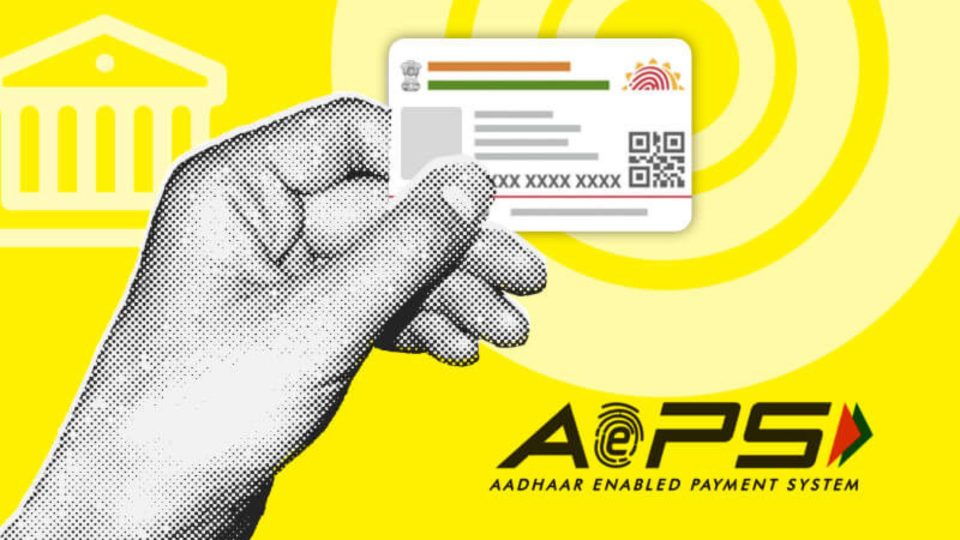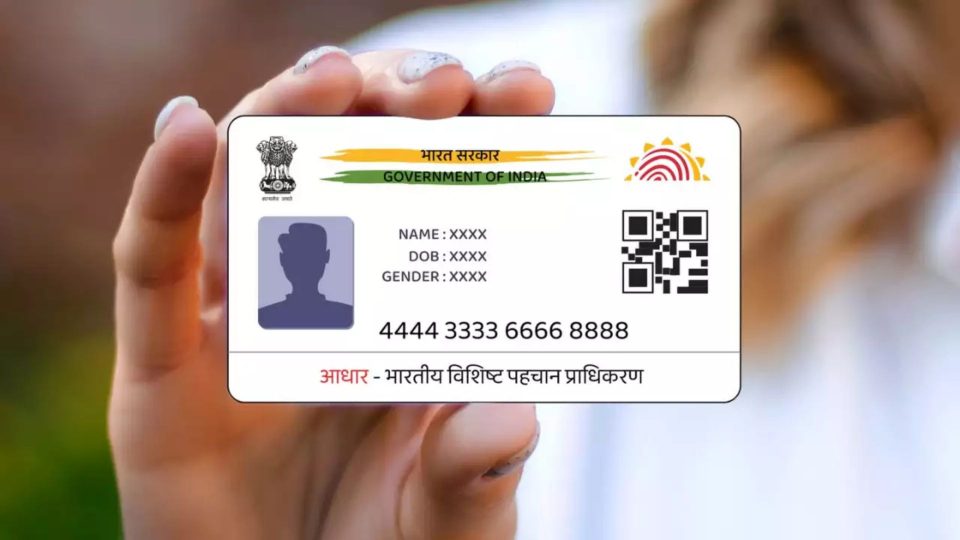The income tax department implemented a Tax Information Network (TIN 2.0) to improve the taxpayer experience on the e-filing platform.
“The new e-Pay tax payment platform TIN 2.0 is an official income tax department portal to provide taxpayers with a single window access to income tax-related services, including tax payments.” “A payment system of this type is now available on the e-filing portal, replacing the OLTAS-based payment system,” stated Suresh Surana, Founder of RSM India.
There are now 26 banks on board, including both state-owned and commercial banks. “Taxpayers of those specific banks will now have to visit the income tax department’s e-filing portal to pay their direct taxes,” Prabhakar K S, Founder & CEO of Shree Tax Chambers, stated.
How And Where To Access It?
The taxpayer must use the Income Tax Portal at https://www.incometax.gov.in/iec/foportal/. People can locate a pre-login section ‘e-Pay Tax’ on the left side https://eportal.incometax.gov.in/iec/foservices/#/e-pay-tax-prelogin/user-details, which they can access using their PAN / TAN and one-time password received over the phone. A taxpayer can also go to his bank’s website and use the Tax Payment/Collection of Direct Tax capabilities.
“The new payment system is used to make tax payments,” Surana explained. It is based on the income tax e-portal, which is used by taxpayers to file returns.”
What Types Of Direct Taxes Can Be Remitted?
A taxpayer can currently remit a wide range of direct taxes, including Advance Tax, TDS/TCS, Self-Assessment Tax, Income Tax on Companies, Income Tax on Individuals, Wealth Tax, Gift Tax, Banking Cash Transaction Tax, Fringe Benefit Tax, Surcharge Tax, Tax on Distributed Profits/Income, Secondary Adjustment Tax, Accretion Tax, Tax on Regular Assessment, and Commodities Transaction Tax / Securities Transaction Tax.
According to Prabhakar K S, the taxpayer can download the tax-paid receipts for his records immediately or after logging onto the e-filing site later, and he will also receive a copy from the tax department straight to his registered e-mail ID.
“Those who wish to remit dues over the counter may generate a challan; however, it must be remitted within fifteen days of its generation.” “If the case lapses, he must restart the entire process,” he explained.
The Following Are Some Of The Characteristics Of This New Payment Platform:
Internet Banking, NEFT/RTGS, OTC, Debit Cards, payment gateway, and UPI are among the user-friendly payment methods available on the new platform. “The new facility comes with several advantages compared to the erstwhile OLTAS and provides user-friendly options for e-payment of taxes including Net Banking, Debit Card, Over the Counter, NEFT/RTGS and Payment Gateway options,” stated Prabhakar S. Prabhakar.
In contrast to TIN 1.0, where there was no Challan expiry for transactions begun through the TIN site, the Direct Tax Challan will expire 15 days before the transaction must be completed in TIN 2.0. If the payment is not completed within 15 days, the created Challan will expire, and the client will have to start over.
Only once the challan has been generated will it be available on the TIN site. Taxpayers now have a larger selection of banks from which to pay their taxes. Furthermore, you may receive credit or a refund on the same day.




